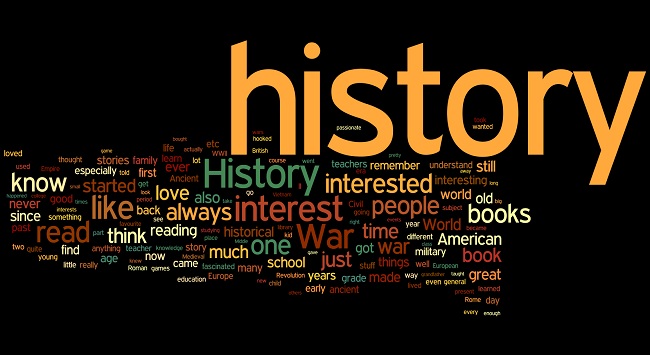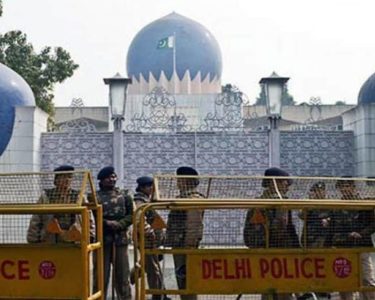SAT World History Subject Test requires understanding both ancient and modern history and understanding of the maps and other images.
So, students should prepare to answer the question required to interpret images including graphs, maps and pictures.
This exam is offered twice a year in December and June. The content of the test covers almost all regions of the earth from ancient to modern times.
High school students must be delighted to take this subject because it enables you to earn earn college credit or to fulfill a fundamental curricular requirement. Regardless of any reason, SAT World History exam covers a breadth of content requiring more than a few weeks of study.
If you have started preparing for this exam, don’t miss following the steps mentioned below to get prepared for 100 % success.
- Determine the point to focus your study:
Much of this exam covers the pre-1900 C.E. time period, with 2 % concentration on prehistory and civilizations before or up to 500 C.E. While 20 % concentrates upon 500 to 1500 C.E., and 25 % concentrates on 1500 to 1900 C.E. The remaining 30 % of the exam focuses on post-1900 C.E. and the aspects spanning different time periods.
30 % of geographical material on the exam covers Asia, and this part is divided into questions on East, South and Southeast, and Southwest Asia. While the second most covered region is Europe, at 25 % of the exam. The remaining 45 % is split between Africa and the Americas (excluding the United States), at 10 % each, and 25 % is concerned with global or comparative material involving several areas of the world.
Keep these content breakdowns in mind and divide your study time. High school world history courses are varied by school, so account for the content you have already studied in-depth in class and also take into account material that is less familiar to you. Now start filling in your knowledge gaps with a careful review.
- Developing an understanding of chronology:
Sequencing of events is extremely significant in global history. Important events occur rarely in isolation sans influence from prior happenings. So must note the interconnectedness of events in world history.
Learn the chronology of big-picture events in global history, to get created a timeline for each tested area of the globe, such as East Asia. Don’t attempt recording every single detail, though, Instead, you should jot down events such as civil wars, eras of prosperity or poverty, and golden ages for the humanities, as well as revolutions and the other noteworthy events.
Try to complete practice test questions whenever possible. So you could gain familiarity with how concepts such as chronology manifest in the exam. Do practice question sets that can break down content by region and timespan can be especially helpful.
- Be Familiar with image-based questions:
On the SAT World History subject test some of the multiple-choice questions are purely textual. While others may have graphs, maps, pics or tables that needs you to make sense of data or interpret the given images.
If you are not feeling yet comfortable with maps, online quizzes can assist you learning to recognize landforms and bodies of water. Do start by looking at labeled maps to si to memorize key geography. After that practice recalling the names on your own. You have another choice also to print blank maps and label the key areas.
Practice writing the first thoughts that come to your mind on seeing a picture, in this way you can become more accustomed to images.
Summarize the information in your own words for charts. Think about the trends and main ideas. Then Ask yourself, “How could I express this information using everyday language?”
With only 60 minutes to complete a 95 multiple-choice questions, don’t forget to ensure that you have properly prepared for the SAT World History exam.
Know the trick to divide your study time, and get familiar with the question formats and organize key contents chronologically.




